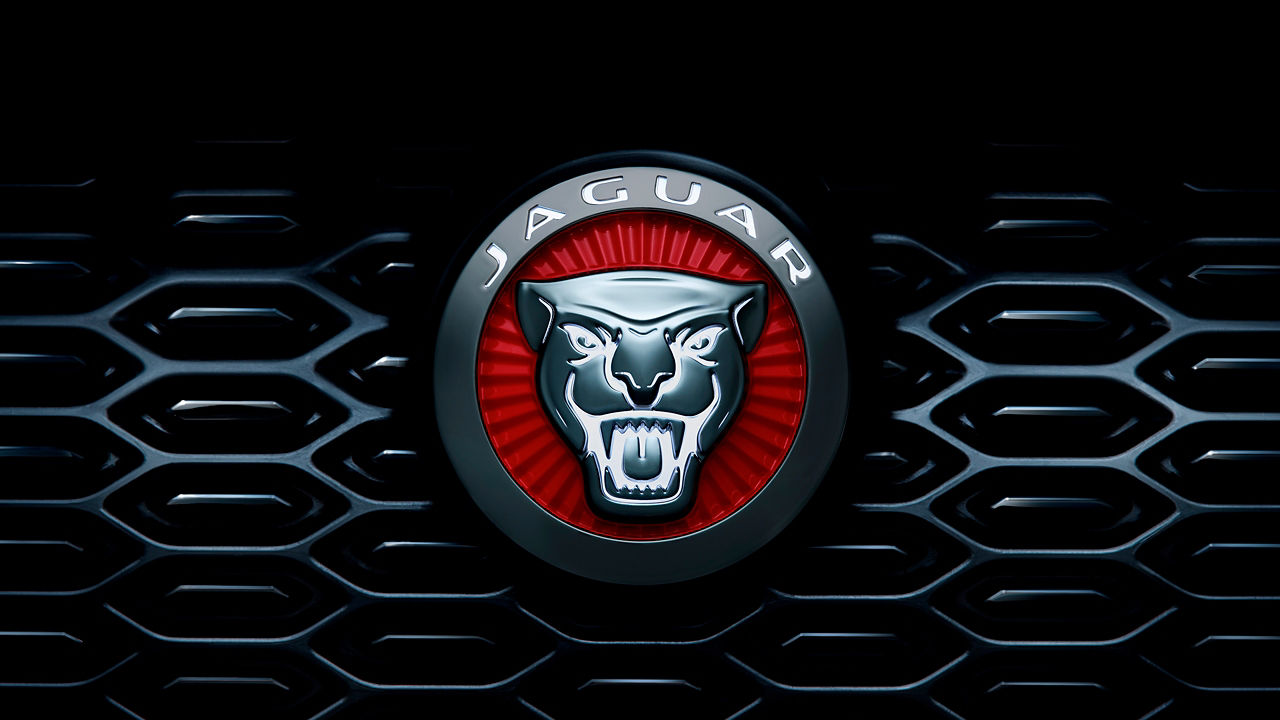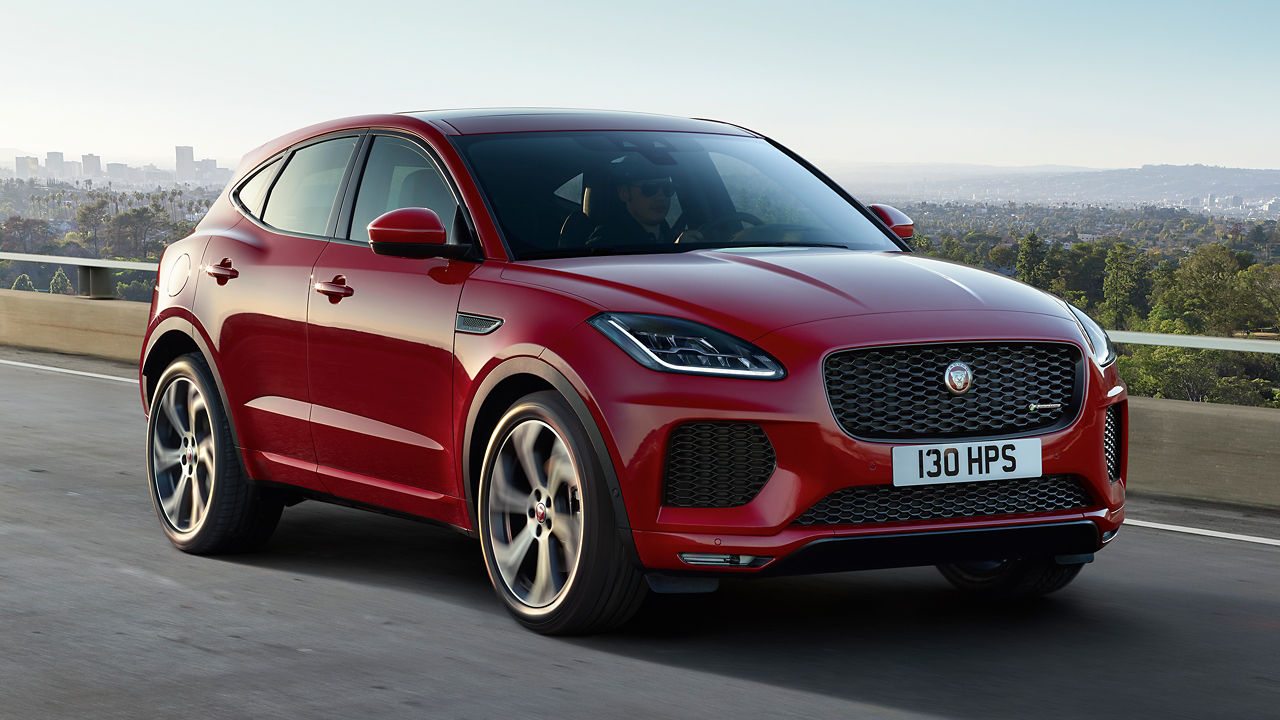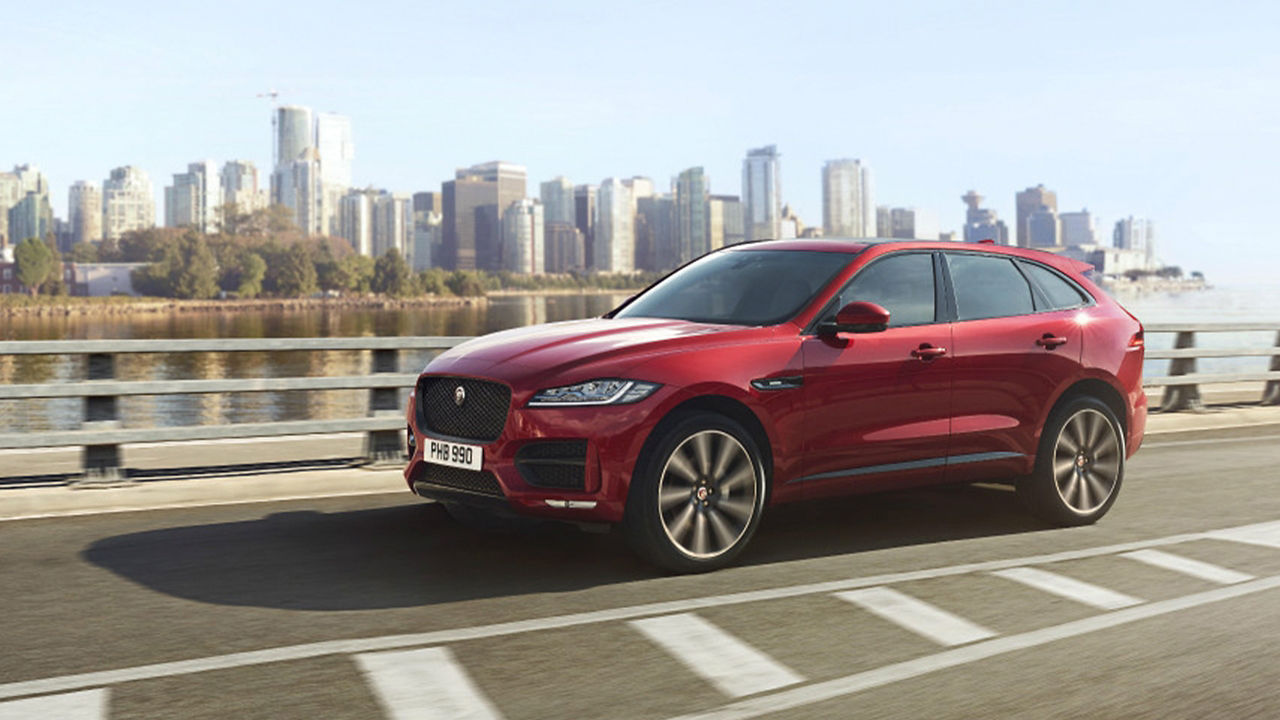THE CHOICE IS YOURS
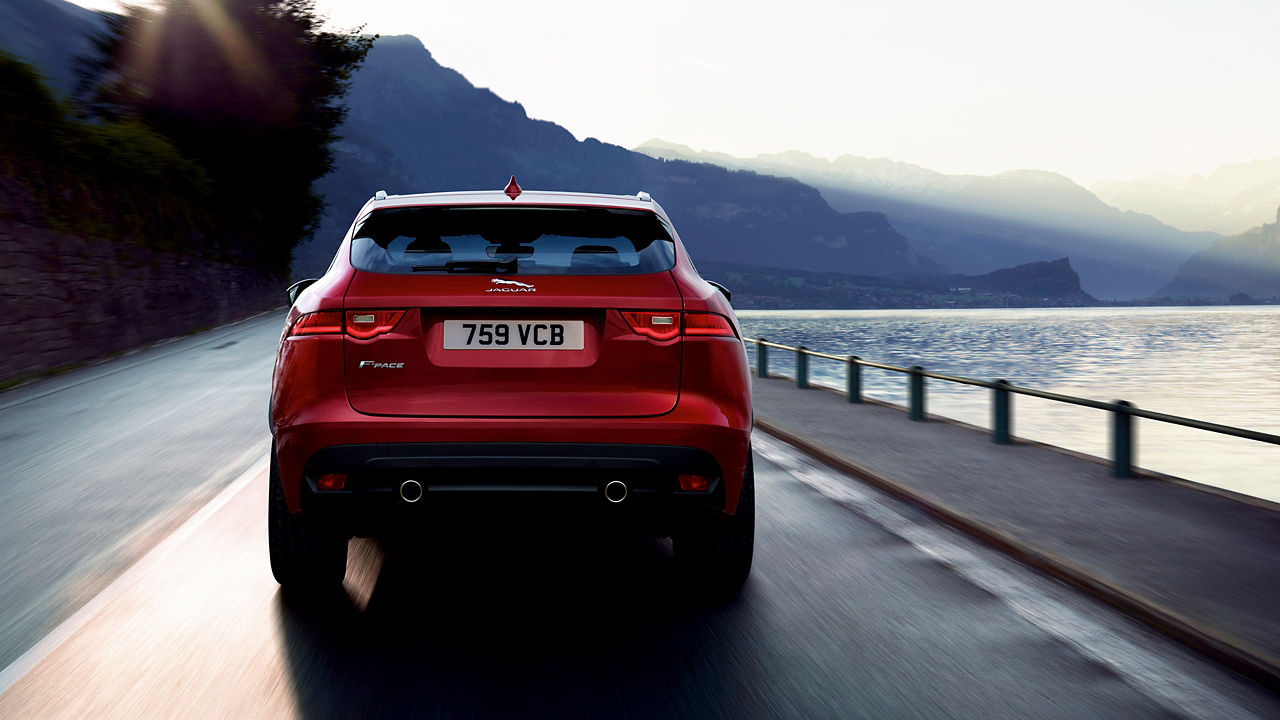
NEW DIESEL
Cleaner than ever, today’s Jaguar diesel engines offer improved fuel efficiency with torque characteristics suitable for off-road terrain and towing. It’s a combination that creates truly dependable long-distance performance.
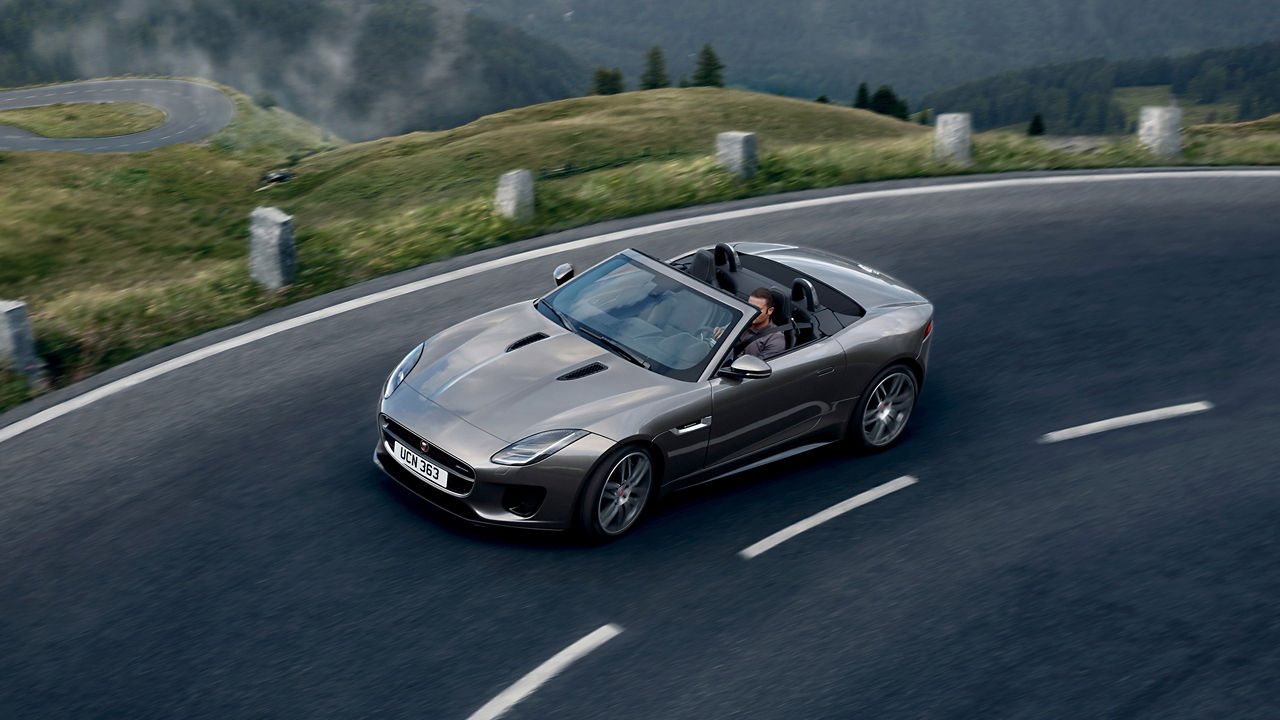
PETROL
Offering a dynamic and agile drive, our new breed of petrol engines honour the legacy of Jaguar’s iconic on-road responsiveness, while delivering impressively low fuel consumption and CO2 emissions.

ELECTRIC (EV)
Our sophisticated, all-electric powertrains provide high performance with zero tailpipe emissions. Powered by a pair of electric motors with a battery that is recharged using regenerative braking and a plug-in charge point, EV is the electrifying future of Jaguar.

WHICH ONE IS RIGHT FOR YOU?
Answer 5 quick questions about your driving habits to see if your next vehicle should be diesel, petrol or electric.
THE KEY BENEFITS OF ALL-ELECTRIC, PLUG-IN HYBRID, PETROL AND DIESEL
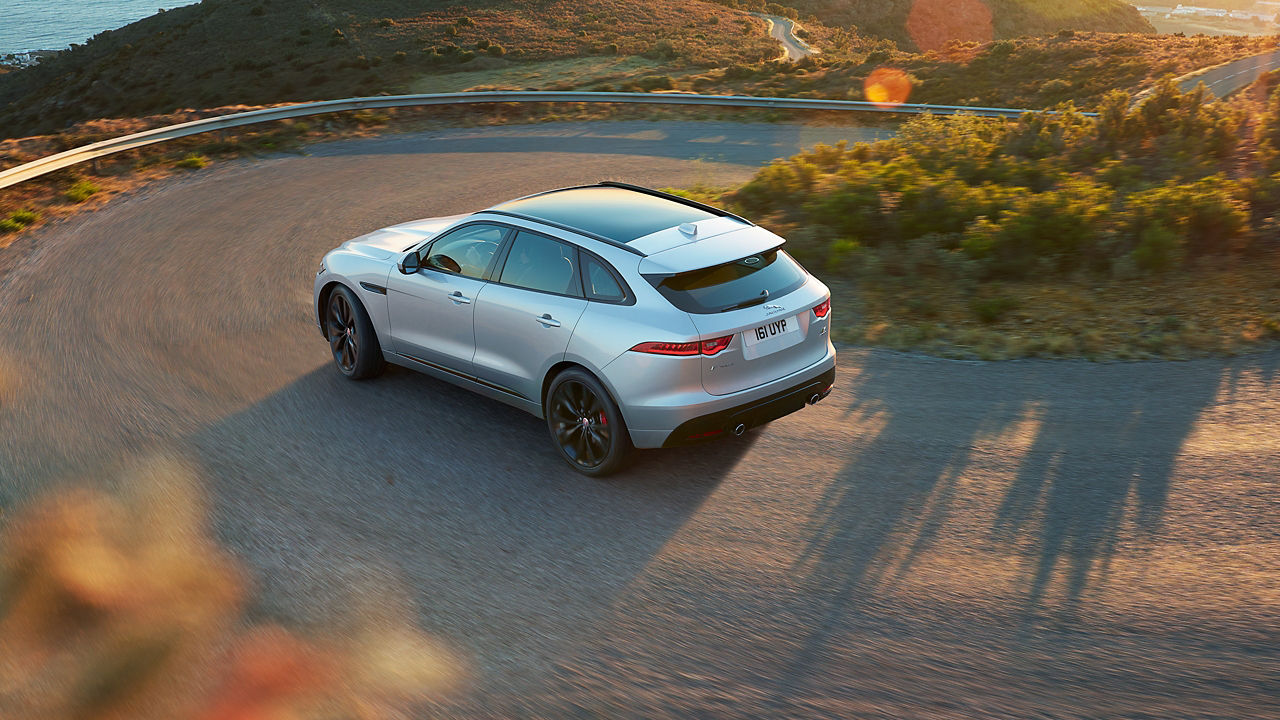
LOW CO2 EMISSIONS
Jaguar's new diesel engines produce around 20% lower CO2 emissions than petrol engines. In fact, since 2002, buyers choosing diesel engines have saved almost 3 million tonnes of CO2 from going into the atmosphere.
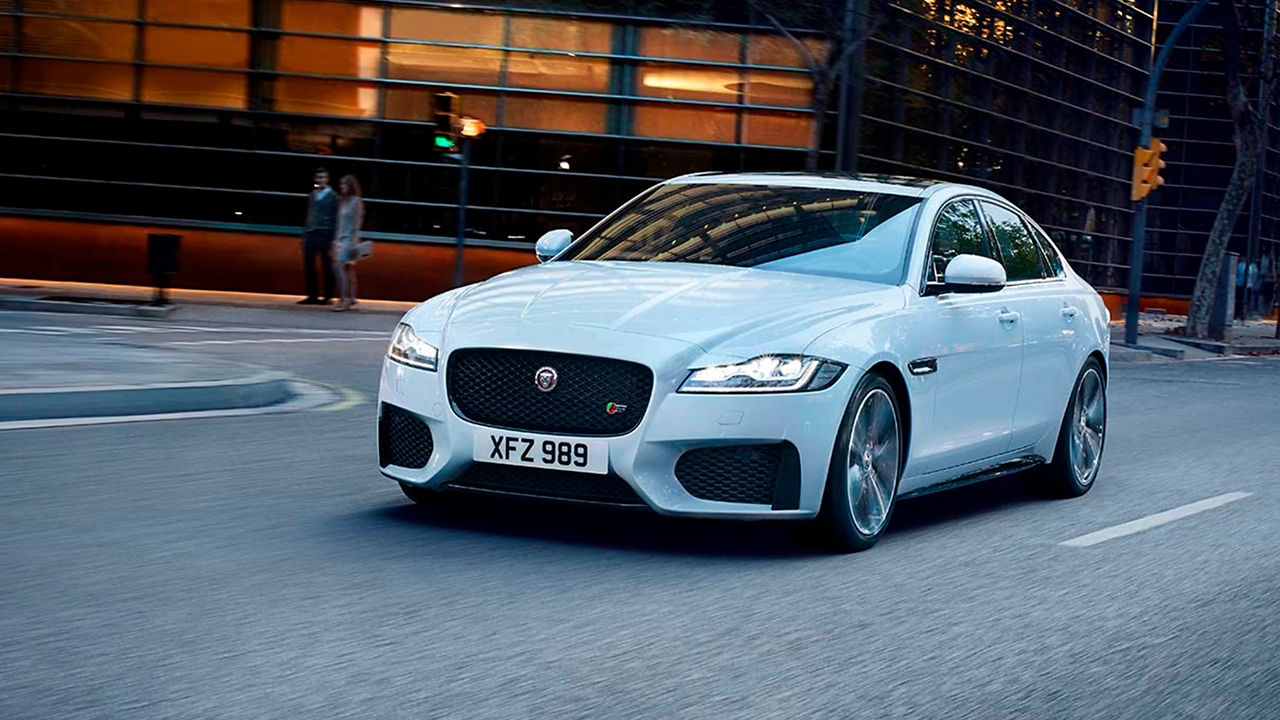
NEW JAGUAR PETROL VEHICLES
New Jaguar petrol vehicles are our most efficient ever, with reduction in frictional losses and the latest materials leading to reduced emissions in all driving conditions.
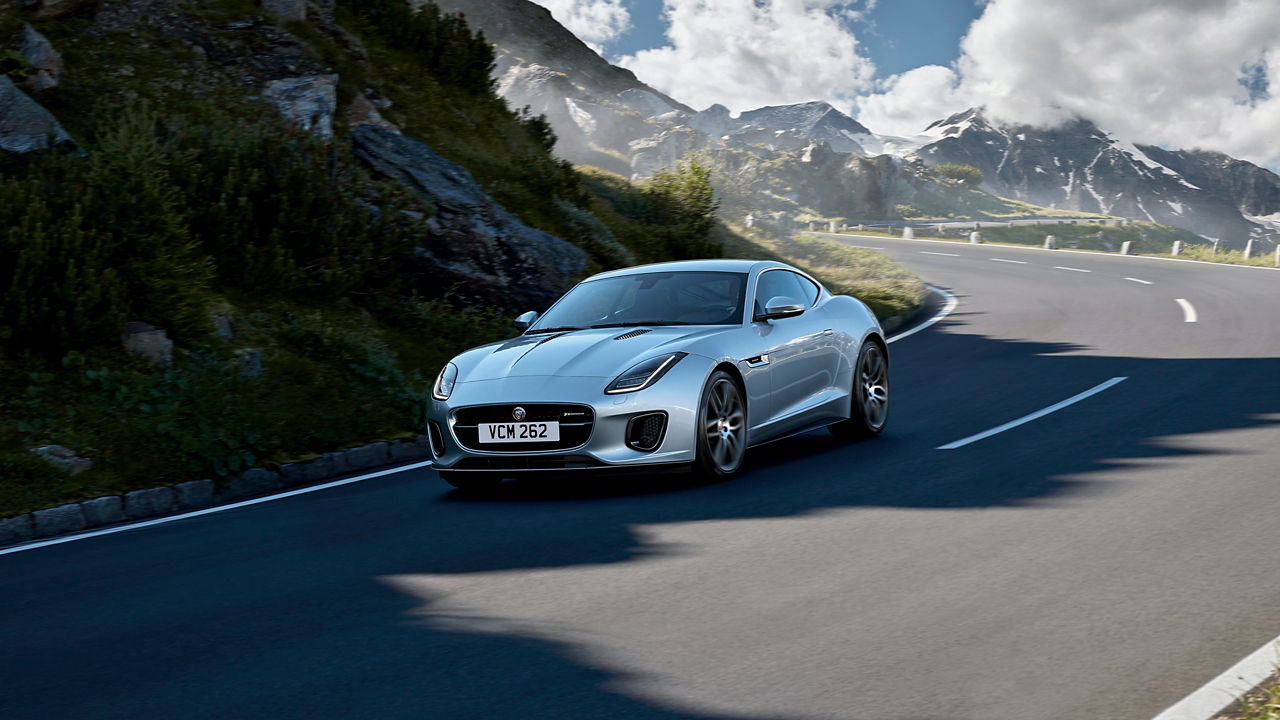
A DYNAMIC DRIVING EXPERIENCE
With smooth and responsive power delivery, Jaguar petrol engines offer our most spirited driving experiences. They’re an exhilarating combination of effortless performance and stirring sounds at all speeds.
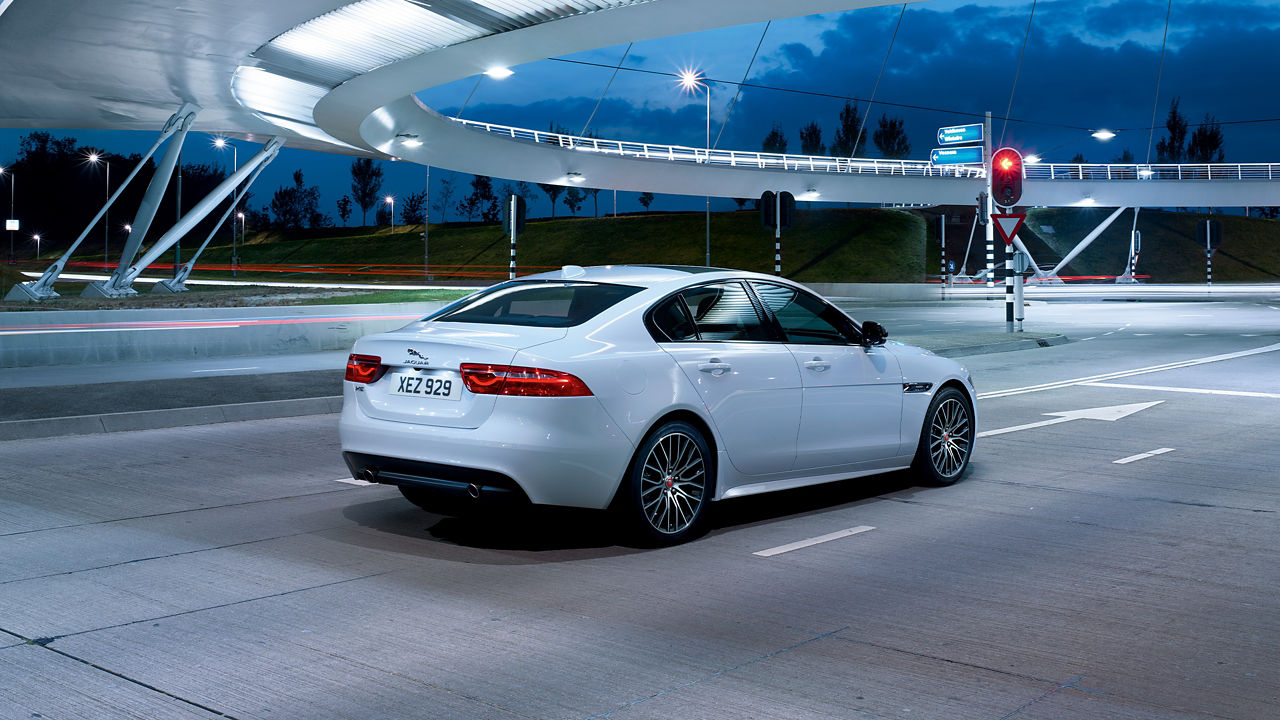
LOW PARTICULATES
Our latest petrol engines are equipped with highly efficient filters to capture and store ultrafine particles as exhaust gases pass through them. This helps to lower the amount of tailpipe emissions released into the atmosphere.
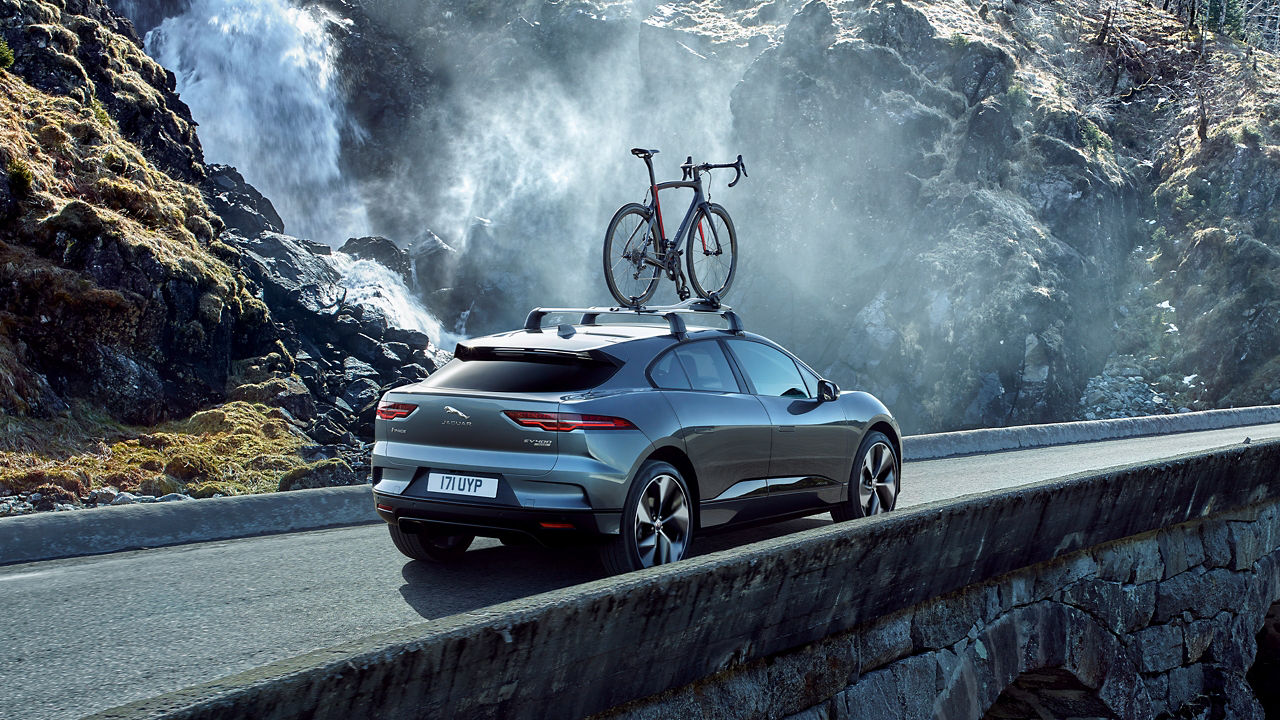
ZERO TAILPIPE EMISSIONS
Achieving zero tailpipe CO2 emissions at the point of use and a range of up to 470km per charge, the Jaguar I-PACE doesn't just cost much less to fill with fuel, it also has no exhaust emissions, reducing your environmental impact significantly. With more and more renewable energy being added to the grid every year, Jaguar I-PACE gets cleaner as it gets older.
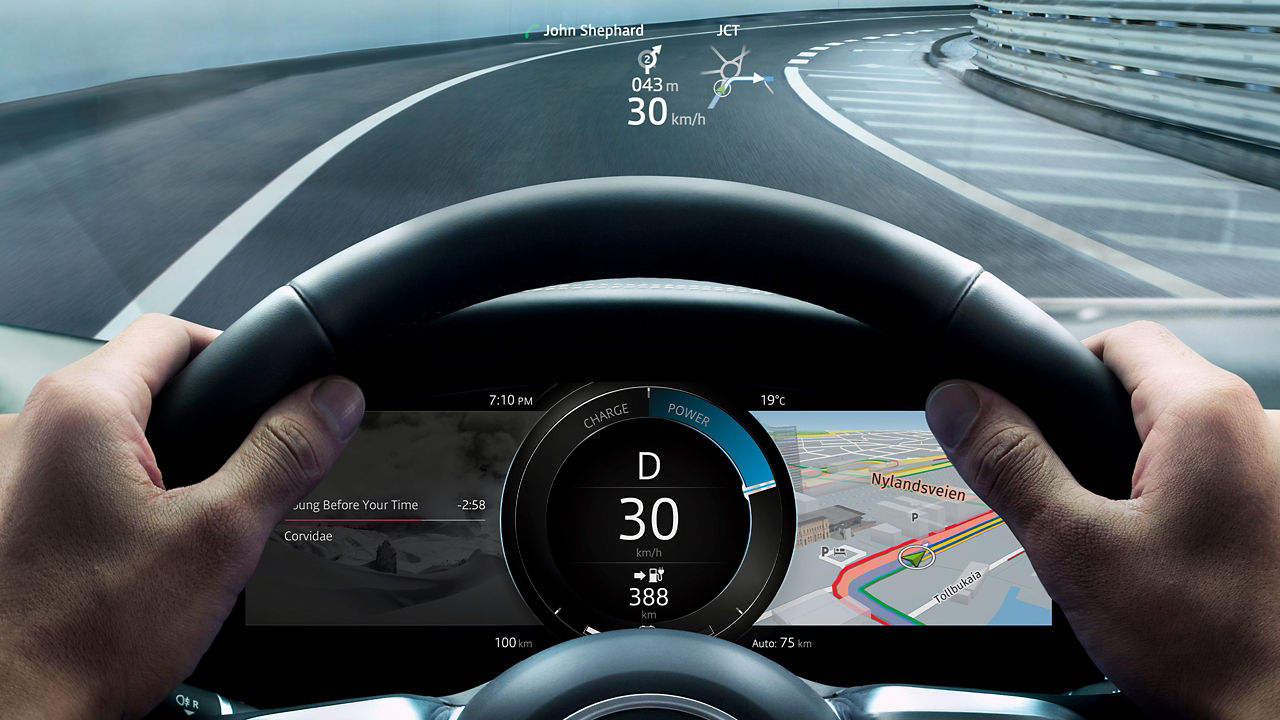
CONVENIENCE AND ACCESSIBILITY
In many cities, electric vehicles are now permitted to use vehicle lanes and parking spaces where other vehicle access is restricted. They are also exempt from any emissions-based charges.
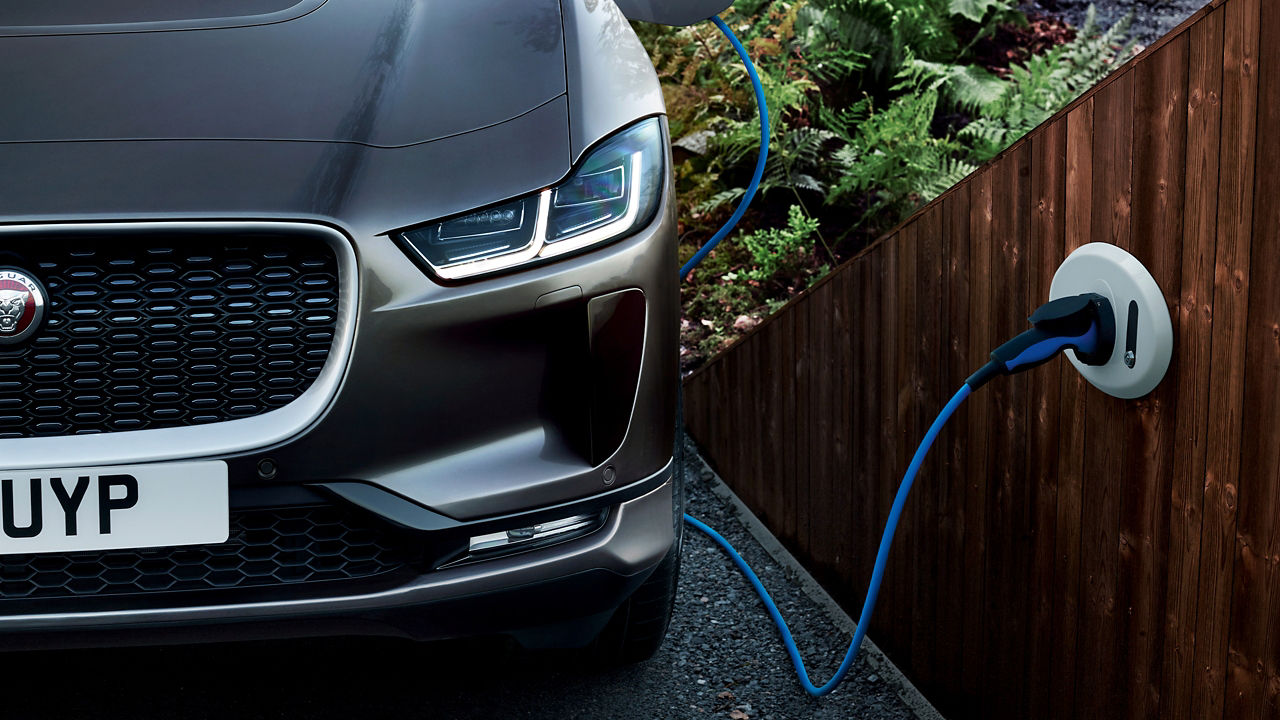
ECONOMICAL RUNNING COSTS
The relative low cost of electricity means pure electric cars are cheaper to refuel. And with fewer moving powertrain parts to preserve, they’re also cheaper to maintain.
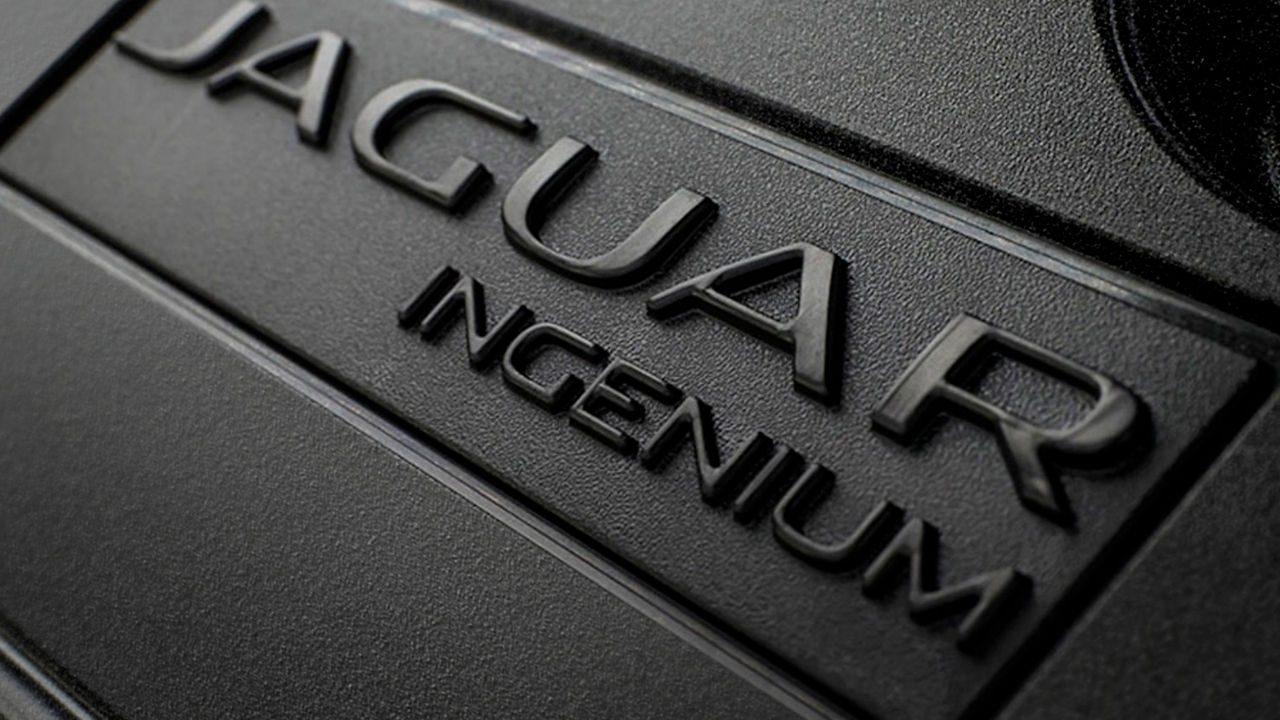
OUR MOST EFFICIENT ENGINES EVER
Ingenium is Jaguar Land Rover's family of engines designed for effortless performance, refinement and efficiency. With advanced technology and all-aluminium construction, Ingenium balances impressive power with strong fuel economy.
FREQUENTLY ASKED QUESTIONS
What is a powertrain?
-
A vehicle powertrain is every component that turns an energy source (fuel/battery) in to movement via engine / electric motor, transmission, drive shafts, differentials and axles.
The most common vehicle powertrain systems are petrol, diesel, battery electric vehicle (BEV) and plug-in hybrid electric vehicle (PHEV).
How long does it take to recharge an electric car?
-
Jaguar I-PACE is equipped with a 7kW single phase AC on-board charger, which can fully charge the vehicle overnight while you sleep and deliver up to 35km of range per hour. The fastest and most convenient way to charge at home is using a wallbox, which can restore the energy used from the average daily commute in under 2 hours.
When using a domestic socket, charging rates are slower than a wallbox (up to 11km of range per hour), but are sufficient to cover the average daily commute of 60km if the vehicle is charged overnight.
When away from home, the best way to get a quick top up of your battery’s charge for those long journeys is with a public DC charger – a typical 50kW charger can deliver up to 270km of range per hour. Some networks already offer faster 100-150 kW chargers, and most networks are planning upgrades in the near future.
What is the range of an electric car?
-
Thanks to a high-tech lithium-ion battery, which has a capacity of 90kWh, Jaguar I‑PACE has a range of up to 470km* on the Worldwide Harmonised Light Vehicle Test Procedure (WLTP).
The WLTP is a process that measures fuel, energy consumption, range and emissions in passenger vehicles in Europe. This is designed to provide figures closer to real-world driving behaviour.
What are the advantages of diesel over petrol?
-
The higher energy density of the fuel and the way energy is released during combustion, means diesel can offer a greater efficiency. If you are driving 19,000km a year or more, a diesel is likely to be the most cost-effective choice.
Generally, a diesel engine offers more torque than a petrol engine, which means its power is more suitable for conquering off-road terrain and towing.
How does Jaguar Land Rover reduce vehicle emissions?
-
At Jaguar Land Rover, we have invested over £1billion into our state-of-the-art engine manufacturing centre to develop a family of more efficient petrol and diesel engines.
Are diesel engines clean?
-
All our diesel engines meet tough EU6d-Temp and Real Driving Emissions (RDE) regulations. This means that our new diesel engines are cleaner than ever before, reducing the level of pollutants emitted per vehicle.
By producing our cleanest engines to date, we are significantly reducing environmental impact.
What is a Diesel Particulate Filter (DPF) and why is it important?
-
In order to meet stringent emissions regulations, introduced in 2009, all new diesel vehicles are fitted with an exhaust filter. These are also known as Diesel Particulate Filters (DPFs). DPFs efficiently capture and store particles from exhaust gases, helping to lower tailpipe emissions.
CHOOSE THE RIGHT JAGUAR FOR YOU
Ready to build a Jaguar around your lifestyle, driving style and financial requirements? Simply select a vehicle from our range to start your new journey with Jaguar.
*EV range figures are based upon production vehicle over a standardised route. Range achieved will vary dependent on vehicle and battery condition, actual route and environment and driving style.
Fuel consumption and CO2 emission figures are determined by testing under standardised laboratory conditions to comply with ADR 81/02 and ADR 79/04. These figures should only be used for the purpose of comparison amongst vehicles. Actual figures will generally differ under real world driving conditions and will vary depending on factors such as (but not limited to) driving style, vehicle’s equipment and road, traffic and weather condition.

